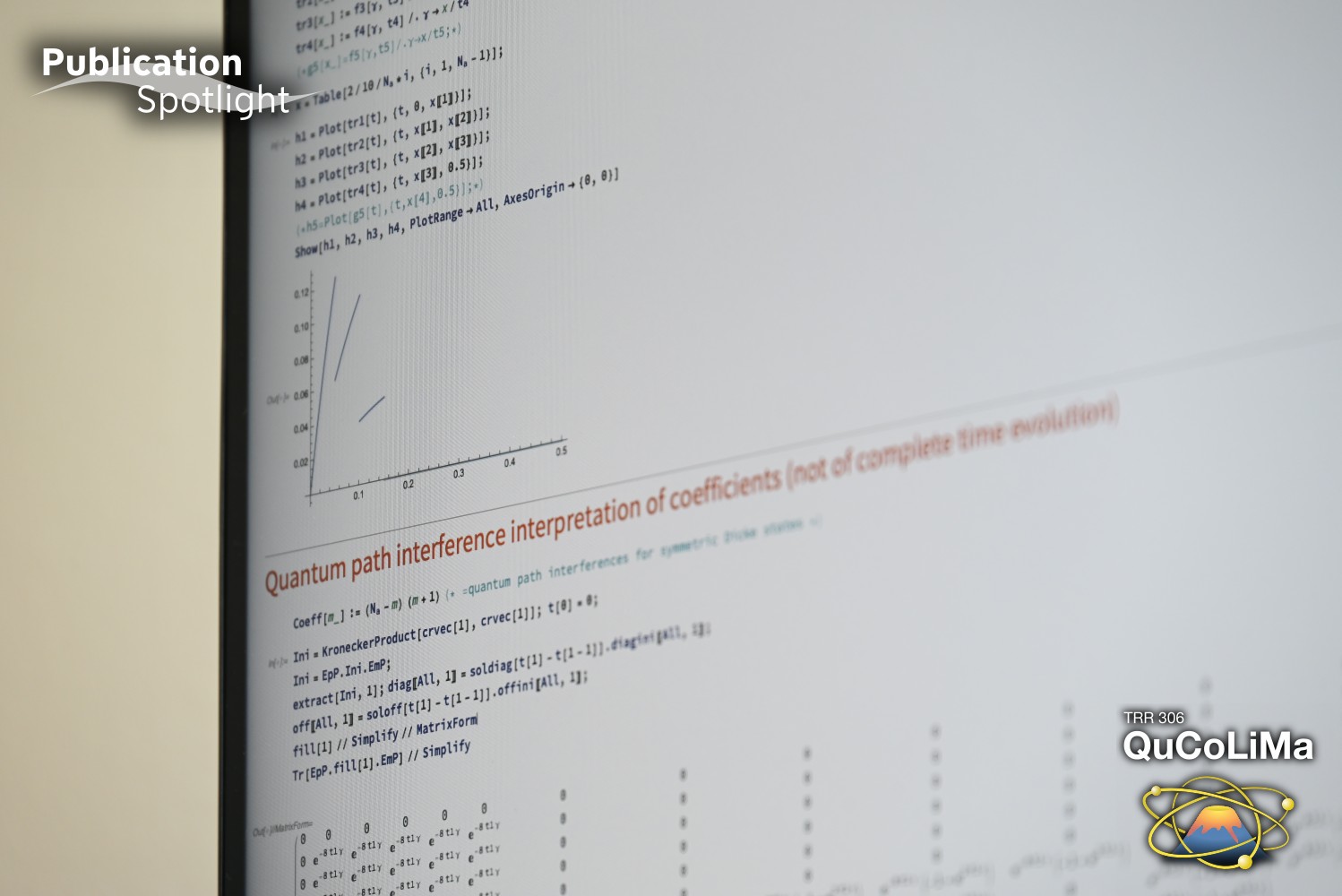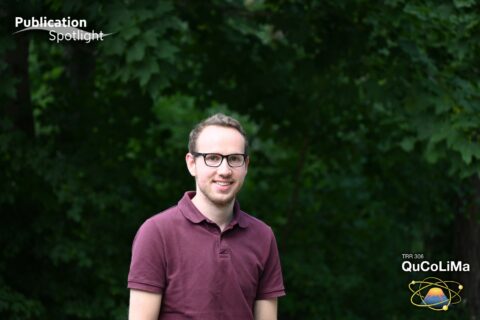It’s more fun in pairs: the cooperativity of single atoms in light emission
by Max Gmelch (SAOT)
Clapping your hands generates sound. At concerts and in big stadiums, even huge crowds easily synchronize their applause to a repetitive timed beat. Their clapping is coherent.
Single excited atoms can also show coherence: they emit single portions of light perfectly synchronized. If they do, the overall amount of emitted light can be enhanced as compared to the non-coherent case. This effect is known as Dicke superradiance. However, the fundamentals of this phenomenon are still unclear, as the common explanation mixes classical coherence – i.e. a non-quantum-mechanical approach – and quantum coherence.
To shed light onto this ambiguity, Manuel Bojer et al. recently published their work “Different types of coherence: Young-type interference versus Dicke superradiance”. On a theoretical level, they calculated the light emission of two identical atoms in both a classical and a quantum mechanical approach. They point out that the different types of coherence lead to very similar intensity patterns – their clapping sounds the same. As a consequence, light intensity is not a reliable measure to characterize the coherence behavior of the atoms. Therefore, the underlying source of coherence needs to be carefully analyzed to smooth the way for future quantum optical applications.
In his subsequent publication “Dicke-like superradiance of distant noninteracting atoms”, Manuel dives deeper into the temporal properties and spatial dependencies of Dicke superradiance.
Manuel works at the Quantum Optics & Quantum Information (QOQI) group at FAU Erlangen-Nürnberg, his supervisor is Joachim von Zanthier. His work is part of QuCoLiMa Area A: Quantum cooperativity induced by measurement processes. The original publications can both be found in Physical Review A.


